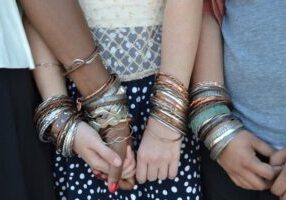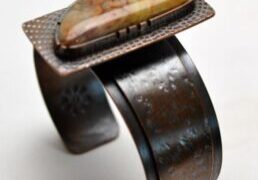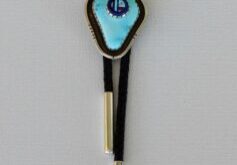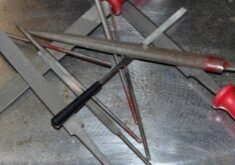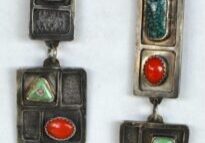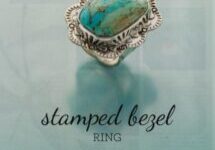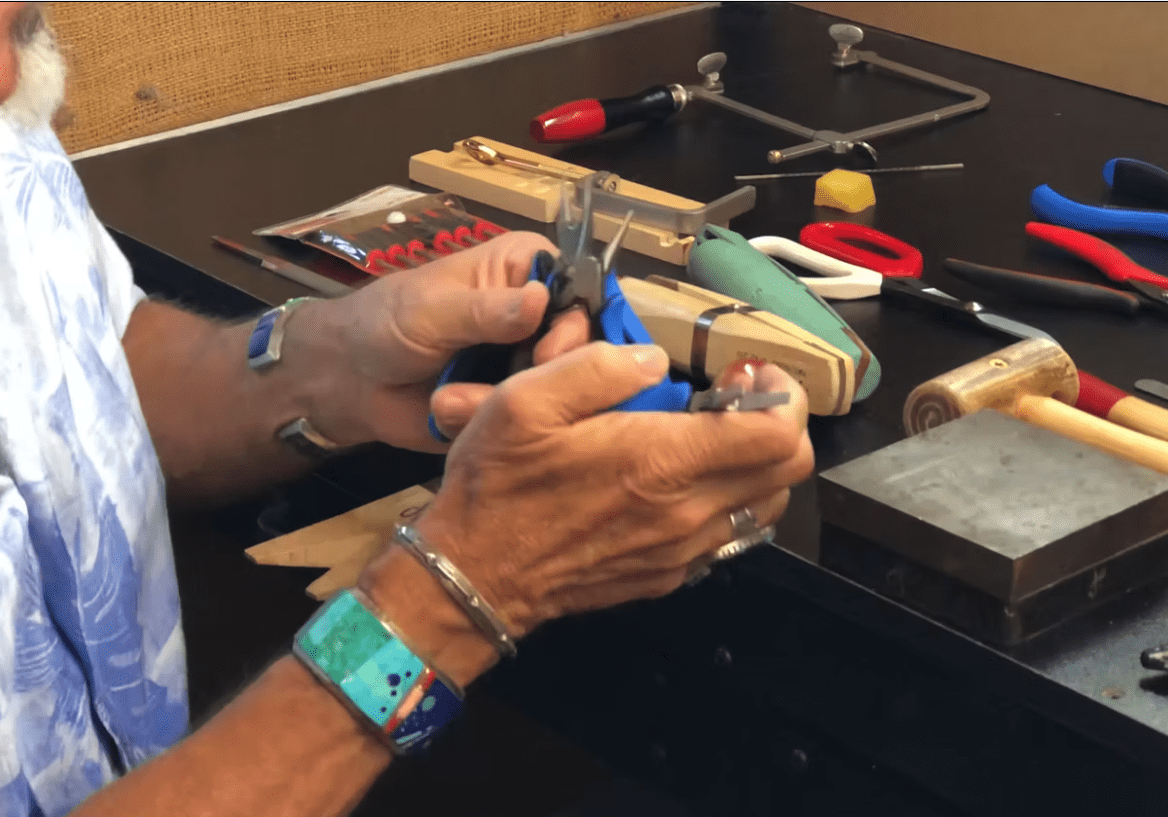AND ALL THAT JAZZ
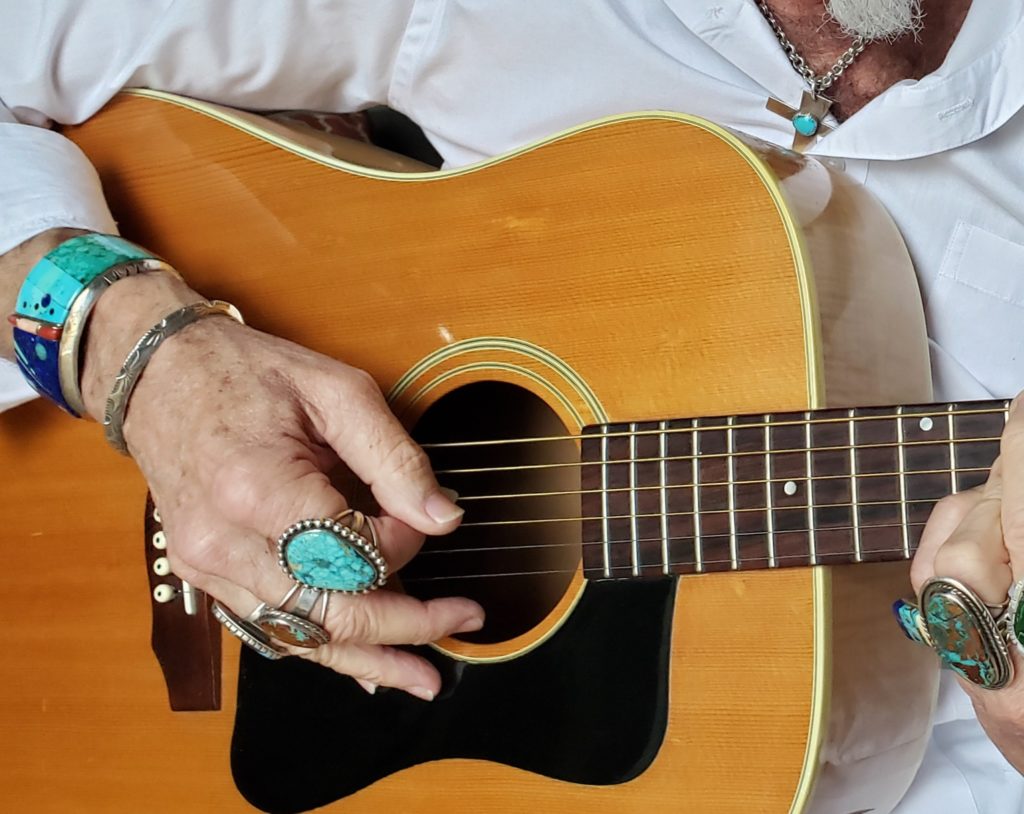
I love jazz. I love the unexpectedness of it. When I was a kid learning to play guitar, I had a teacher who was a jazz musician. I wanted to play rock ’n roll: he taught me jazz chords. The thing about those chords that was different was the odd note that was added to an otherwise plain chord. It made the chord come alive. Then he taught me jazz scales. Talk about smooth!
That got me thinking about the similarities of the art in music and the art in jewelry making. In each, you have to learn the basics. In music, you have to learn your scales. These are your fundamentals. You start with a very simple, basic major scale. You master that, then you move on, but you keep up with the first scale you learned. You continue to learn until you’re doing augmented Lydian scales. And of course, you keep up with all your previous scales.
Learning and practicing scales can be boring, but once they become second nature, you get to improvise! That’s what adds flavor and color to music. Once you know where you should go, you can explore where you can go, and the results are some of the most incredible, inspiring music every made.
The same is true in jewelry making. Instead of scales, we have techniques. You start off learning to saw and file and hammer, then soldering and stone setting and casting, and on and on. This is why I always stress technique to my students. If you master the technique, then you can improvise, add it in wherever you want to.
You can mix and match techniques just as you can mix and match time signatures and scales. You can add color and depth and texture and different setting techniques until you have your own style.
It’s very interesting that in both disciplines, boundaries, and rote produce freedom. I’ve often said that there are technicians; people who are very proficient at their craft, and there are artists, people who see the world differently than everyone else. The truly great in any field are the people who can marry the two.
Jewelry artist Charles Loloma is a great example. He was a trained artist and he often said that the design was more important to him than the execution. You can see that in his early work. But then his niece Verma Nequatewa came to live with him and he taught her how to make jewelry. The synergy was earth-shaking, and in my opinion, they made each other better: she elevated his execution skills and he elevated her design skills. Don’t get me wrong, both are/were outstanding in both areas but together they produced some of the greatest Native American jewelry ever made.
The point is to strive in both areas. Always work on your techniques but use them as a springboard to advance and enhance your designs until you have your own style.
So now, go out and make some jewelry!
The Silversmithing Learning Library
The most comprehensive library of jewelry making instruction, education, and classwork... no matter if you're a complete beginner or really advanced.
Masterclasses
These masterclasses are filled to the brim with content, leaving no stone unturned. Whatever the subject, you will come out a pro.
Skill Set Courses
Looking to learn a specific skill, or want some practice doing projects? Then diving into one of our skill set courses is exactly what will take you to the next level.
eBooks
Our ebooks cover a wide range of topics, getting right to the point and giving you exactly what you need in order to advance your skills.
CONTACT DETAILS
Copyright © 2022 Artist Jeff Fulkerson
Web Design by FroBro Web Technologies
QUICK LINKS
Copyright © 2022 Artist Jeff Fulkerson | Web Design by FroBro Web Technologies



